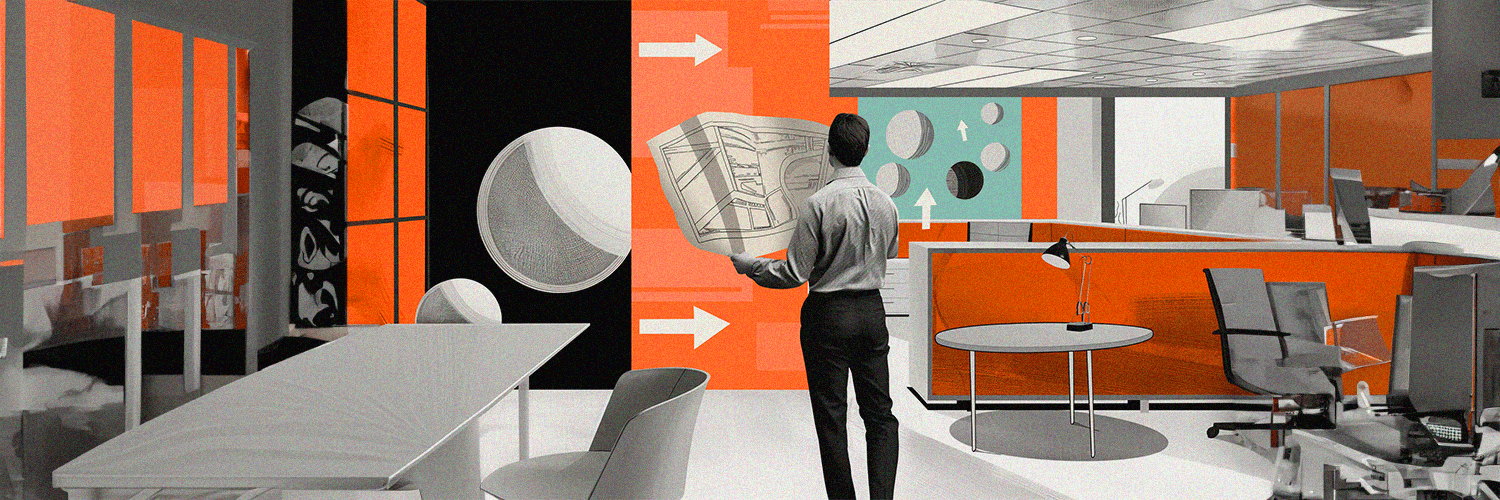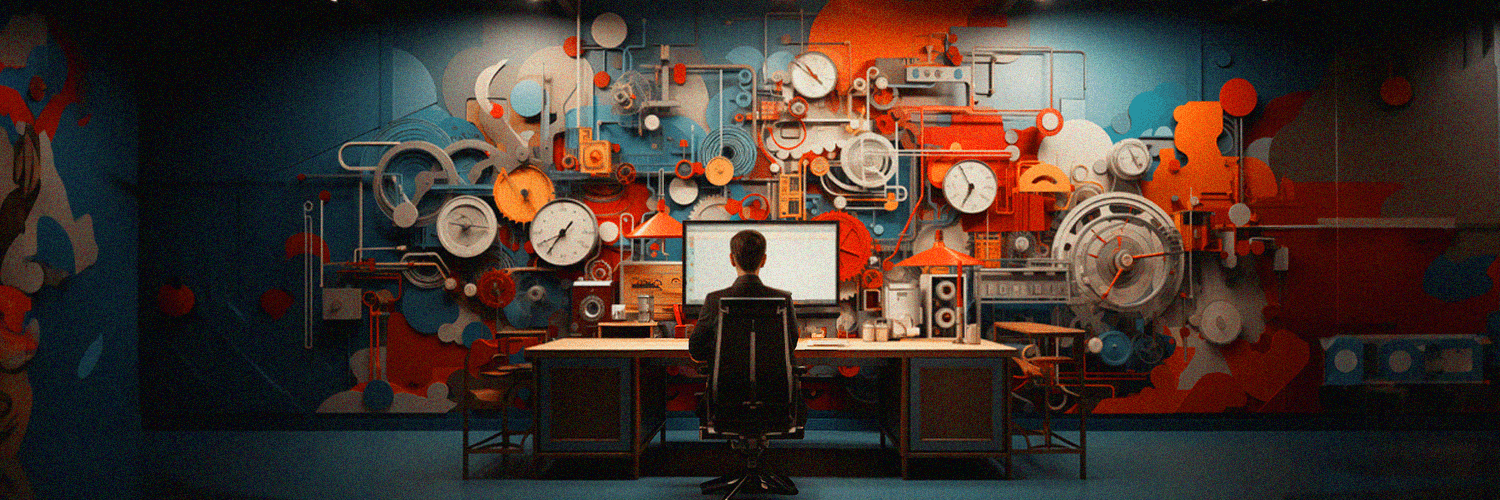Typically, integrated workplace management encompasses process centralization and optimization in the 5 key areas:
- Property
- Spaces and facilities
- Maintenance
- Energy and Sustainability
- Technology
So when executives decide to implement an integrated workplace management system (IWMS), they look for a comprehensive tool that would be efficient in cutting costs and increasing operational efficiency. But there’s more to that.
With a hybrid work model on the rise, more and more attention is being drawn to the employee experience in the workplace, whether it’s a corporate or home office. Securing an efficient collaborative environment, ensuring well-being, and making visibility accessible to everyone (instead of keeping it an exclusive management’s priority) have strategic importance to modern workplaces.
Collaborative environment
An IWMS brings its users, be it managers, full-time employees, or contractors, into a single work community, giving them a ground for collaboration and tools to reach each other any time.
For example, an IWMS feature such as a calendar displaying everyone’s work arrangements (and their location at the office) allows colleagues to plan their presence and schedule activities in line with their collaborative needs. The system can also be used to find suitable time slots and seating locations for both 1:1 conversations and large brainstorming groups.
Managers, especially HR and FM, know that being at cross-purposes can impede workplace experience and their own credibility. If HR is raising work from home quotas while FM struggles to maintain a full-sized office, the operation is neither optimal nor trustworthy. IWMS can provide a platform to align such decisions. By enabling inter-departmental collaboration, it prevents workplace managers from investing time, effort, and resources into actions that negatively impact one another.
Continuous well-being
Many companies admit: instead of working to maintain a positive employee experience consistently, they confine to on-and-off well-being initiatives. While time-to-time bonuses, events, or courses are important, continuity is what makes the difference.
Organizations that want to smoothly transition to a hybrid work model must make consistent and continuous employee well-being efforts. If the office experience is compromised, employees might simply choose to keep telecommuting.
An IWMS promotes well-being continuously by enabling autonomy. It optimizes availability, eliminates conflicts, and allows everyone to book a preferred workspace: if an employee needs a standing desk or dual monitor for full productivity, he should be able to access it whenever on site.
Incorporated into an integrated system, space management features such as capacity limits are restrictive and managerial only from the first sight. In post-pandemic workplaces, employees expect compliance with health and safety standards. Being able to define details such as the minimum distance between spaces in use considerably elevates employee trust and satisfaction in the company they work for.
Accessible visibility
A truly integrated workplace must be transparent, especially when it comes to spaces, assets, resources, and employees. The lack of visibility produces poor decisions, unorganized data, and a lack of connection between people and the organization.
Employees benefit from the integrated workplace management processes by participating in them. This means that whenever they open a public calendar or engage in spaces or resources search using an IWMS, a transparency culture is being created. The more clarity-related features an IWMS can offer, the more accessible is visibility.
To managers, IWMS allows untangling complexity by offering large sets of workplace data, whether its about absenteeism patterns or space utilization. Such insights might help identify issues that cannot be seen by the naked eye.
An integrated workplace management system is like a comprehensive UX design tool for your workplace. By covering property, sustainability, and technology dimensions it also creates delightful employee interactions with spaces and facilities, motivating them to keep coming back.








